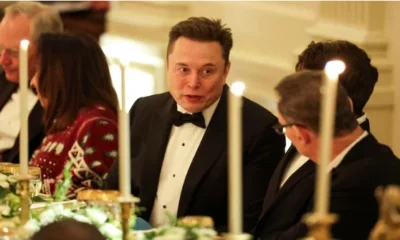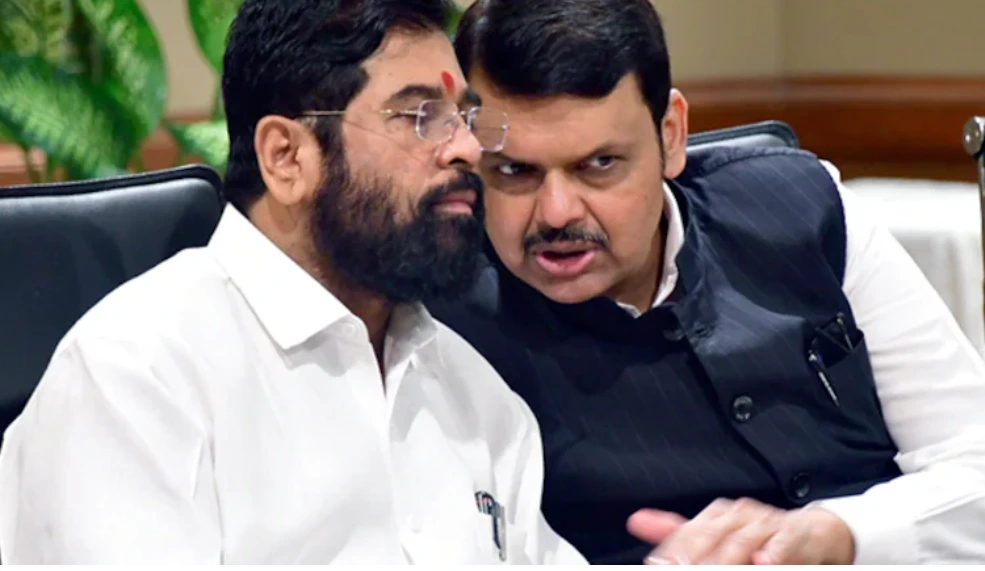[vc_row][vc_column][vc_column_text]By Ranjona Banerji
Six months into Donald Trump’s presidency and the standoff with the bulk of the American media continues. The President continues to whine on Twitter and elsewhere about how badly he is being treated and the media explains to the people why he is being treated as he deserves. His failed executive orders, his exaggerations and lies, his possible Russia connections, his firing of the FBI chief, his inexplicable tweets – they are all excoriated, mocked and examined by mainstream journalists, comedians, actors, talk show hosts and more.
There has also been, from day one, open discussion about the White House denying access to journalists. Some publications and news channels were banned for a while. Some boycotted the regular briefings. Most recently, White House press secretary Sean Spicer has taken to conducting no-camera no-audio press briefings. The logic is that the President will say things himself but that argument hardly stands at a press briefing where the president is not present. At a discussion on this subject broadcast on CNN, journalists were clear that Spicer did not want his explanations of what the President was saying or doing to be recorded for posterity.
The American media, for the most part, see it as their duty to bring every aspect of the American presidency and government to the public. In their minds, denying access to journalists is like denying access to the people of America. It is a notion of democracy that could not be more different from what we have become used to in India.
Here too, the administration at the Centre is closed and inaccessible. But this lack of news emitting from Union government departments is discussed in press clubs and newsrooms. It is not laid bare in front of the public. The lack of information is evident from the recent BJP pick for President of India after Pranab Mukherjee’s term ends. For months, political journalists in Delhi have been waving names in front of the public – LK Advani, then not Advani after the Babri demolition case re-appeared, Murli Manohar Joshi, Sushma Swaraj, Narayana Murthy, Draupadi Murmu, some fantastic out of the box name and so on. No one got close to the candidate chosen by the BJP because the decision was made only by Narendra Modi and Amit Shah. It is well known in Delhi circles that all decisions, in fact, are made by the Prime Minister and the BJP president and few are in the know – except perhaps Union finance minister Arun Jaitley more than any other.
The immediate reaction from a media prone to genuflection was to tell the people how the choice of Ram Nath Kovind, whom no one had really heard of, in spite of being governor of Bihar, was a masterstroke (if only the media had thought of this) which has stumped the opposition – the main purpose in choosing a candidate.
But instead of sharing the problems of reporting on a closed, secretive government with the people of India, journalists have pretended that all is well and let off steam through gossip. Some media outlets have turned themselves into government spokespersons, others have attacked the Opposition because they are too scared of the government to take it to task when it falters or makes a mistake.
This has been most evident when Kashmir exploded last year spiralling into one of the worst crises in recent times, when Dalits were being picked on and killed, when murderous groups were lynching and beating people in the name of cow protection and now when farmers are out on the streets in anger: some sections of the media looked to protect the government from any blowback and blame the opposition instead.
The worst instance was when demonetisation was unleashed on India. It took our courageous news channels weeks to realise that the currency crunch was causing havoc across India. Although the impact is still being felt on falling economic indicators, few of our television heroes have had the courage to take the government on. After the CBI raids on NDTV recently, some may think there is good reason for this discretion.
But the US President attacking the New York Times and Washington Post for instance and accusing them of publishing “fake news” has only brought these two rival newspapers closer. Nor has the rest of the media backed down regardless of the rage of the presidency. How many media houses in India have been that brave?
The sad, sad lesson to Indian journalists and their bosses continues.[/vc_column_text][/vc_column][/vc_row]


 Entertainment24 hours ago
Entertainment24 hours ago
 Latest world news23 hours ago
Latest world news23 hours ago
 India News7 hours ago
India News7 hours ago
 India News6 hours ago
India News6 hours ago
 India News5 hours ago
India News5 hours ago
 India News5 hours ago
India News5 hours ago
 India News3 hours ago
India News3 hours ago













